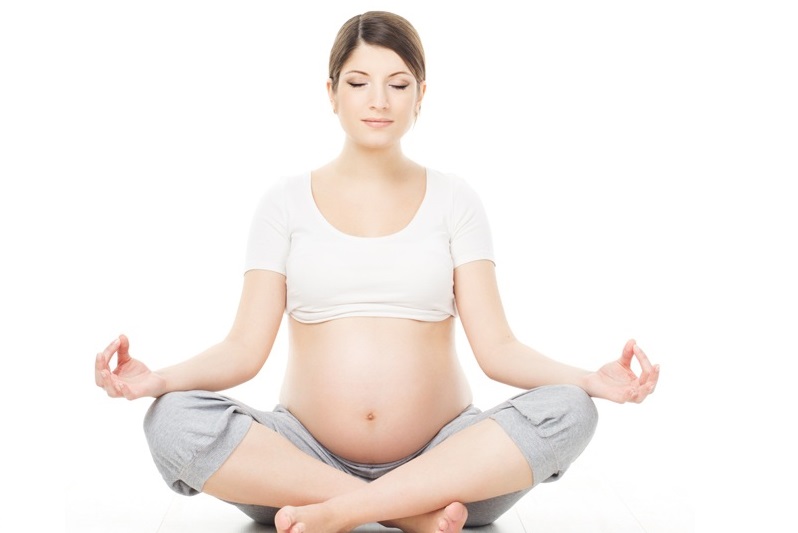Introduction:
Childbirth is a transformative and natural process that women go through, and employing effective breathing techniques and relaxation exercises can significantly contribute to a smoother exercises for vaginal birth. These practices are designed to help manage pain, reduce stress, and enhance the overall birthing process. By incorporating these methods into your birthing plan, you can empower yourself to navigate the challenges of labor more calmly and confidently.

1. Deep Breathing:
Deep breathing is a fundamental technique that aids in relaxation and helps manage pain during contractions. Practice slow, deep breaths by inhaling deeply through your nose, allowing your abdomen to expand, and exhaling slowly through your mouth. Focusing on your breath can divert your attention from discomfort and promote a sense of control.
2. Lamaze Breathing:
The Lamaze method emphasizes rhythmic breathing to enhance relaxation and manage pain. This technique involves patterned breathing, such as the “slow-paced breathing” and “paced breathing.” Slow-paced breathing consists of taking slow, deep breaths, while paced breathing involves breathing at a specific rhythm, often synchronized with contractions.
3. Visualization:
Visualization involves creating mental images to promote relaxation and focus. Envision a calming scene or visualize the progression of your labor. This technique helps distract from the intensity of contractions and fosters a positive mindset, reducing anxiety and stress.
4. Progressive Muscle Relaxation (PMR):
PMR involves systematically tensing and then relaxing different muscle groups in your body. This technique helps release tension and promotes overall relaxation. Start with your toes and work your way up to your head, tensing and then relaxing each muscle group.
5. Guided Imagery:
Guided imagery involves listening to calming scripts or visualizations provided by a trained instructor. These scripts guide your mind through peaceful scenarios, helping you relax and maintain focus during labor. Incorporating guided imagery into your birthing plan can enhance the mind-body connection.
6. Position Changes and Movement Exercises for Vaginal Birth:
Movement and changes in position can ease discomfort and facilitate the progress of labor. Rocking, swaying, or walking can help alleviate pain and encourage the baby’s descent. Finding comfortable positions that work for you can enhance relaxation and reduce tension.
7. Hydrotherapy:
Hydrotherapy, such as a warm bath or shower, can provide comfort during labor. The buoyancy of water can ease the pressure on your body and promote relaxation. Consult with your healthcare provider to ensure that hydrotherapy is a suitable option for your birthing plan.
8. Yoga and Prenatal Classes:
Participating in prenatal yoga or childbirth education classes can introduce you to a variety of breathing techniques and relaxation exercises. Yoga promotes flexibility, strength, and mindfulness, and many classes include specific poses and breathing techniques for vaginal birth.
9. Breath Counting:
A simple yet effective technique involves counting your breaths. Inhale slowly to a specific count (e.g., four counts), hold briefly, and then exhale to the same count. This rhythmic breathing can help maintain focus and calmness.
10. Breathing with a Birth Ball:
Sitting or gently bouncing on a birth ball can relieve pressure and provide comfort during contractions. Combine this with intentional and rhythmic breathing to enhance relaxation.
11. Partner-Assisted Breathing:
Enlist the support of your birthing partner to guide and synchronize breathing. Partners can provide verbal cues or physically support your breathing rhythm, fostering a sense of teamwork during labor.
12. Aromatherapy:
Aromatherapy using essential oils like lavender or chamomile can contribute to relaxation. Diffusing calming scents or inhaling them on a cloth during contractions may create a soothing environment.
13. Focused Touch and Massage:
Gentle touch and massage from your birth partner or a doula can alleviate tension and enhance relaxation. Experiment with different types of massage techniques to find what brings the most comfort.
14. Mantras and Affirmations:
Create positive mantras or affirmations that resonate with you and repeat them during contractions. This can serve as a powerful mental tool to maintain a positive mindset and reduce anxiety.
15. Music Therapy:
Create a birthing playlist with calming and uplifting music. Music has the ability to influence mood and can serve as a distraction during labor, promoting relaxation with exercises for vaginal birth.
16. Breathing through the Waves:
Imagine contractions as ocean waves—building up, reaching a peak, and then subsiding. Practice breathing through each wave, acknowledging that each one brings you closer to meeting your baby.
17. Acupressure and Reflexology:
Explore acupressure points or reflexology techniques with a trained practitioner or your healthcare provider. These methods focus on specific points on the body to promote relaxation and alleviate discomfort.
18. Positive Visualization Board:
Create a visual board with images or affirmations that inspire and motivate you. Displaying this board in your birthing space can serve as a focal point during labor.
Conclusion:
Incorporating breathing techniques and relaxation exercises for vaginal birth into your birthing plan can empower you to navigate the challenges of labor with greater ease and confidence. Experiment with different methods during pregnancy to find what works best for you, and consider attending childbirth education classes to learn and practice these techniques with the guidance of trained professionals. By embracing these breathing techniques for vaginal birth, you can contribute to a positive birthing experience and welcome your baby into the world with a sense of calm and control.
FAQ 1. How does exercise help in vaginal birth?
We hypothesize that the practice of moderate physical exercise in water, following the guidelines of the SWEP (Study of Water Exercise during Pregnancy) method, will both improve aerobic capacity and also strengthen the muscles involved in childbirth.
FAQ 2. When should I start birthing exercises for vaginal birth?
Think of it as training for the marathon known as childbirth! Kegel exercises strengthen your pelvic floor muscles — one of the best ways to help your body prepare for birth and recovery afterwards. We recommend doing them daily, as soon as you find out you’re pregnant, and right up until delivery day.
FAQ 3. Does exercise help with vaginal birth?
It can also lessen mood swings, improve your self-image, and allow you to feel a sense of control. Exercise helps prepare you for childbirth. Some studies suggest that the fitness level of the mother can result in shorter labor, fewer medical interventions, and less exhaustion during labor.







I just could not depart your web site prior to suggesting that I really loved the usual info an individual supply in your visitors? Is gonna be back regularly to check up on new posts.